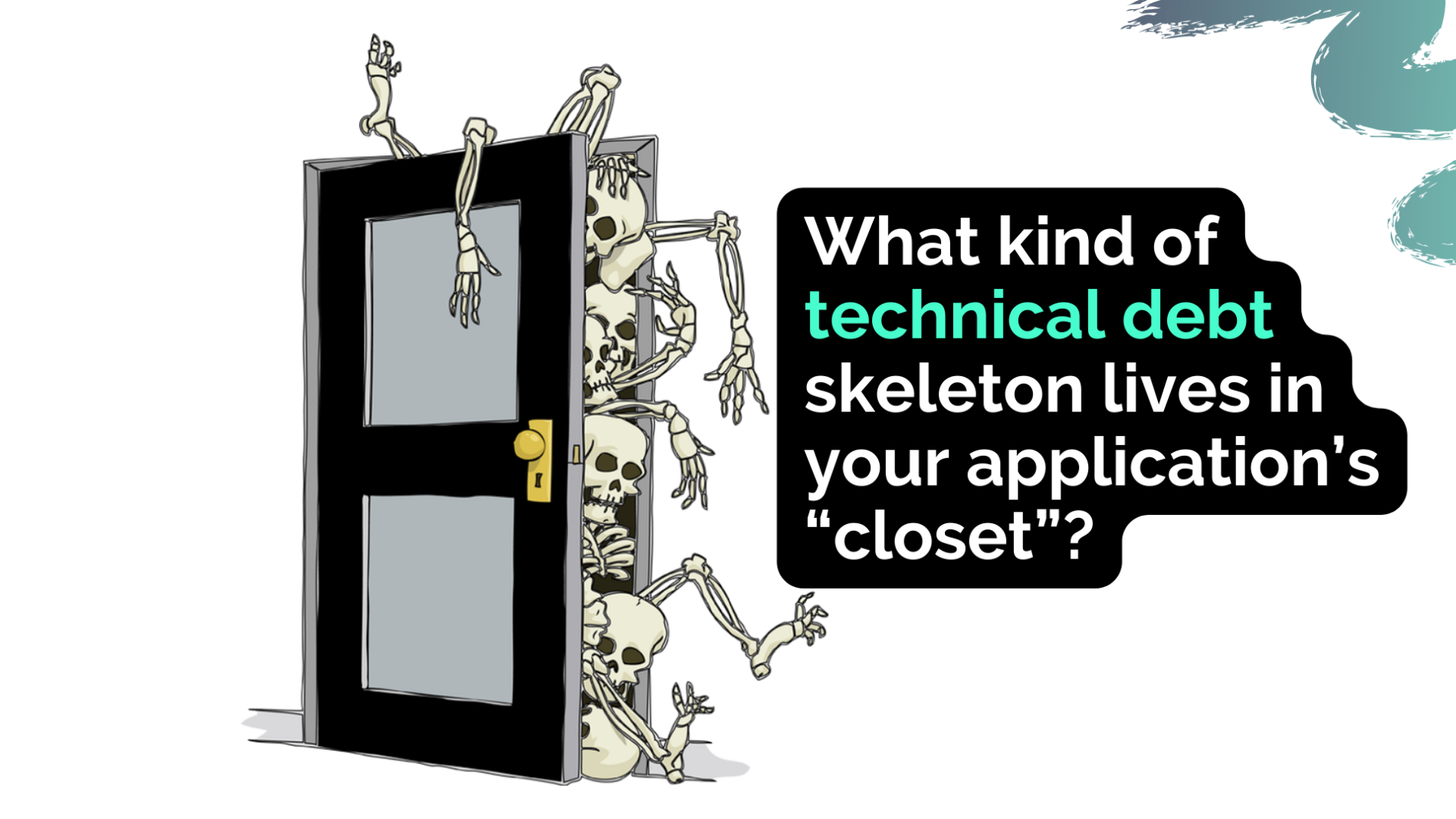
Introduction
While working on several API Management configuration migrations recently, I have come across examples of configuration which was done reactively in response to issues the developers were trying to resolve at the time. In one case the developer had introduced a URI Re-write policy so they could protect two different APIM API operations with different JWT Validation policies. Both APIM operations pointed to the same web service url operation. A cleaner and more scalable way of solving this problem was to define different Open API Specifications which aligned the operations the developer was trying to protect with the specific JWT token and then secure the api at the root level – not at the operation level. With this solution there is no requirement for re-writing the operations differently to how they are designed in the open api specification.
The upshot of this work, was that it forced me to initially consider “rolling over” and migrating the re-write url into the new APIM instance. I thought long and hard about this and eventually decided that the correct thing to do was redesign the API deployments and take the time and effort to explain to the original developers why this was a better outcome.
It also encouraged me to consider Technical Debt and how it can impact our day-to-day decisions when designing and developing business applications. I hope you find this wiki a beneficial cautionary tale.
Technical debt is a metaphor coined by Ward Cunningham, a pioneer in the field of software development. It refers to the cumulative consequences of suboptimal decisions made during the development process of a software application. It occurs when Business Analysts, Developers and Testers turn their back on SOLID principles for the sake of expediency. Just like financial debt, technical debt accrues interest over time, in the form of increased maintenance costs, reduced productivity, and decreased overall quality. This wiki explores how technical debt can be viewed as the “skeleton in the closet” of modern application architecture, lurking unseen but capable of causing significant damage.
Understanding Technical Debt
Technical debt encompasses various aspects of software development, including code quality, design, architecture, and documentation. It arises when developers take shortcuts or make compromises to meet short-term goals, such as delivering a feature quickly, at the expense of long-term stability, maintainability, and scalability.
Types of Technical Debt
- Code Debt: Poorly written, unreadable, or inefficient code that can be difficult to understand and maintain.
- Design Debt: Flawed or insufficient software architecture, resulting in challenges when adding new features or scaling the application.
- Testing Debt: Inadequate or missing unit tests, integration tests, or automated testing processes, making it harder to identify and fix bugs.
- Documentation Debt: Lack of documentation or outdated documentation, making it challenging for developers to understand the system.
- Dependency Debt: Relying on outdated or unmaintained third-party libraries or frameworks that can introduce vulnerabilities and compatibility issues.
The Skeleton in the Closet

Hidden Consequences
Technical debt often remains hidden within an application until it starts causing problems. Just like a skeleton in the closet, it remains unnoticed until it is revealed by an issue or a crisis. The consequences can be severe:
- Increased Maintenance Costs: As technical debt accumulates, the effort required to maintain and enhance the software grows exponentially.
- Reduced Development Speed: Developers spend more time dealing with existing issues, slowing down the development of new features.
- Higher Risk: The longer technical debt remains unresolved, the greater the risk of critical system failures and security breaches.
- Decreased Developer Morale: Dealing with a legacy codebase riddled with technical debt can demoralize development teams, leading to higher turnover rates.
Impact on Modern Application Architecture
Modern application architecture, which emphasizes flexibility, scalability, and rapid development, is particularly vulnerable to the negative effects of technical debt. Here’s how technical debt can damage modern application architecture:
- Scaling Challenges: Inadequate architecture can limit an application’s ability to scale horizontally or vertically, impeding its performance and reliability.
- Microservices and Containers: Modern applications often use microservices and containerisation. Technical debt can hamper the effective orchestration and management of these components.
- Continuous Integration and Continuous Deployment (CI/CD): CI/CD pipelines rely on reliable and well-maintained code. Technical debt can disrupt these pipelines, leading to deployment failures.
- Cloud-Native Technologies: Technical debt can hinder the adoption of cloud-native technologies like serverless and Kubernetes, which require well-architected applications.
Mitigating Technical Debt
Addressing technical debt is essential to maintain the health and sustainability of modern application architecture. Some strategies to mitigate technical debt include:
- Regular Code Reviews: Conduct thorough code reviews to identify and address code debt and design issues.
- Automated Testing: Implement comprehensive testing, including unit tests, integration tests, and automated testing pipelines.
- Refactoring: Allocate time for refactoring and improving the codebase regularly.
- Documentation: Keep documentation up-to-date to ensure that developers have the information they need.
- Technical Debt Tracking: Use tools and processes to identify, prioritise, and track technical debt.
- Be brave when working with any code base. Make sure that every change you make leaves the code in a better condition than when you found it. This is probably the hardest principle to be true to.
How We Can Help
Recognising and managing technical debt is crucial for maintaining the health of your software projects. At Factor, we understand the challenges posed by technical debt and offer expertise and solutions to help you address and mitigate it effectively.
The Factor’s suite of services is an end-to-end solution to assist you in managing technical debt in your modern application architecture. We provide:
- Technical Debt Assessment: Through Factor Advise, our experts can evaluate your application’s codebase, design, testing processes, and documentation to identify areas of technical debt.
- Strategy Development: We work with you to develop a comprehensive strategy for addressing and mitigating technical debt in a way that aligns with your business goals.
- Implementation Support: Through Factor Delivery and Resource, we can help you implement the necessary changes, including code refactoring, testing improvements, and documentation updates with the right experts to support your team and organisation.
- Ongoing Maintenance: Through Factor Manage, we offer ongoing support to ensure that technical debt is continually monitored and addressed as your application evolves.
By leveraging Factor services you can proactively tackle technical debt and ensure your software remains robust, maintainable, and adaptable in an ever-evolving technological landscape. Don’t let technical debt haunt your projects—partner with The Factor to secure your modern application architecture.
Visit our website at https://thefactor.com.au/our-approach/ to learn more about our services and how we can assist you in managing technical debt effectively.
Conclusion
In the world of software development, technical debt can be likened to the hidden skeleton in the closet. It may remain unnoticed for a while, but its presence can inflict significant damage on modern application architecture. Recognising, managing, and mitigating technical debt is crucial to ensure that applications remain robust, maintainable, and adaptable in an ever-evolving technological landscape. By addressing technical debt proactively, developers and organisations can prevent it from haunting their software projects in the long run.
